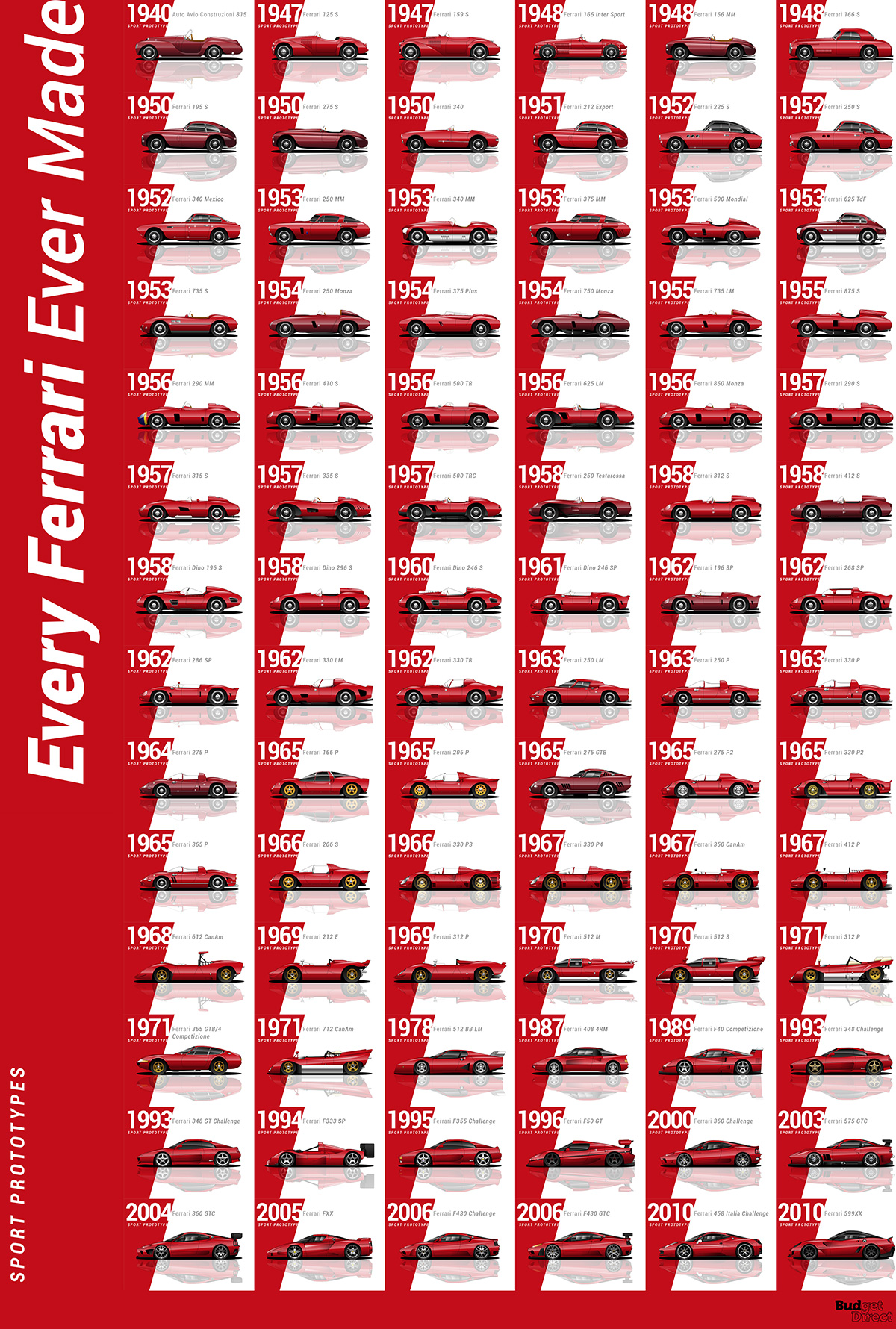pada tanggal
Car
car design
- Dapatkan link
- X
- Aplikasi Lainnya

In 1994, Ferrari’s longtime loyal customer, Giampiero Moretti, FOUNDER OF MOMO, was one of the few who persuaded Maranello to return to sports car racing, and the company is the largest motorsport in this category on the market. I made them understand how important it is to return to sports. It was North America. By this time, almost 23 years had passed since Ferrari last entered the IMSA World Sportscar Championship at the Ferrari 312 PB in 1971, so a whole new car was needed to compete.
Much of the appeal of the Ferrari F40 is how raw and pure it is. Made as a road race car, I’m proud of it. There is no gimmick here. This is the race car first, then the road car. Headlights and taillights are just a retrofit to comply with the road. The cabin is small, the seating position is cramped and awkward, the suspension is stiff, and there’s a lot of lag from the twin-turbo V8 engine … but that’s not a problem.
The Ferrari F40 is an experience, as nothing has been so great. Even if you have all the money in the world, you can’t just go out and buy something similar. The only thing that gets closer to the F40 is another F40. It was the last car that Enzo Ferrari himself signed off. On average, it is still considered the best Ferrari ever made.
250 was Ferrari’s turning point. It also kickstarted the company and solidified its position as a legendary car maker. Classified as a sports car, the Ferrari 250 SWB was essentially a decent GT car, depending on the model. Ferrari made several different variations, all of which were called 250. Taken over by the 275 and 330, it is still highly regarded by most people and is probably considered the best Ferrari reload car of all time.
Officially, the Ferrari 250 SWB was offered in long wheelbases, short wheelbases and Europe. Europe was a GT in the lineup with a 2,800mm wheelbase. The LWB was 2,600mm and the SWB was just 2,400mm. The SWB was the most agile and agile of the three, many of which were convertible. All three were equipped with a 300-horsepower 3.0-liter naturally aspirated V12. As long as I love Ferrari’s current V12s, they aren’t even close to the small-capacity V12s found on the 250. If that’s the exact wording I’m looking for, it sounds mechanical and alive. At that time, nothing was made comprehensively. Everything you hear comes from the engine, which comes from metal parts that rub against each other.
Komentar
Posting Komentar